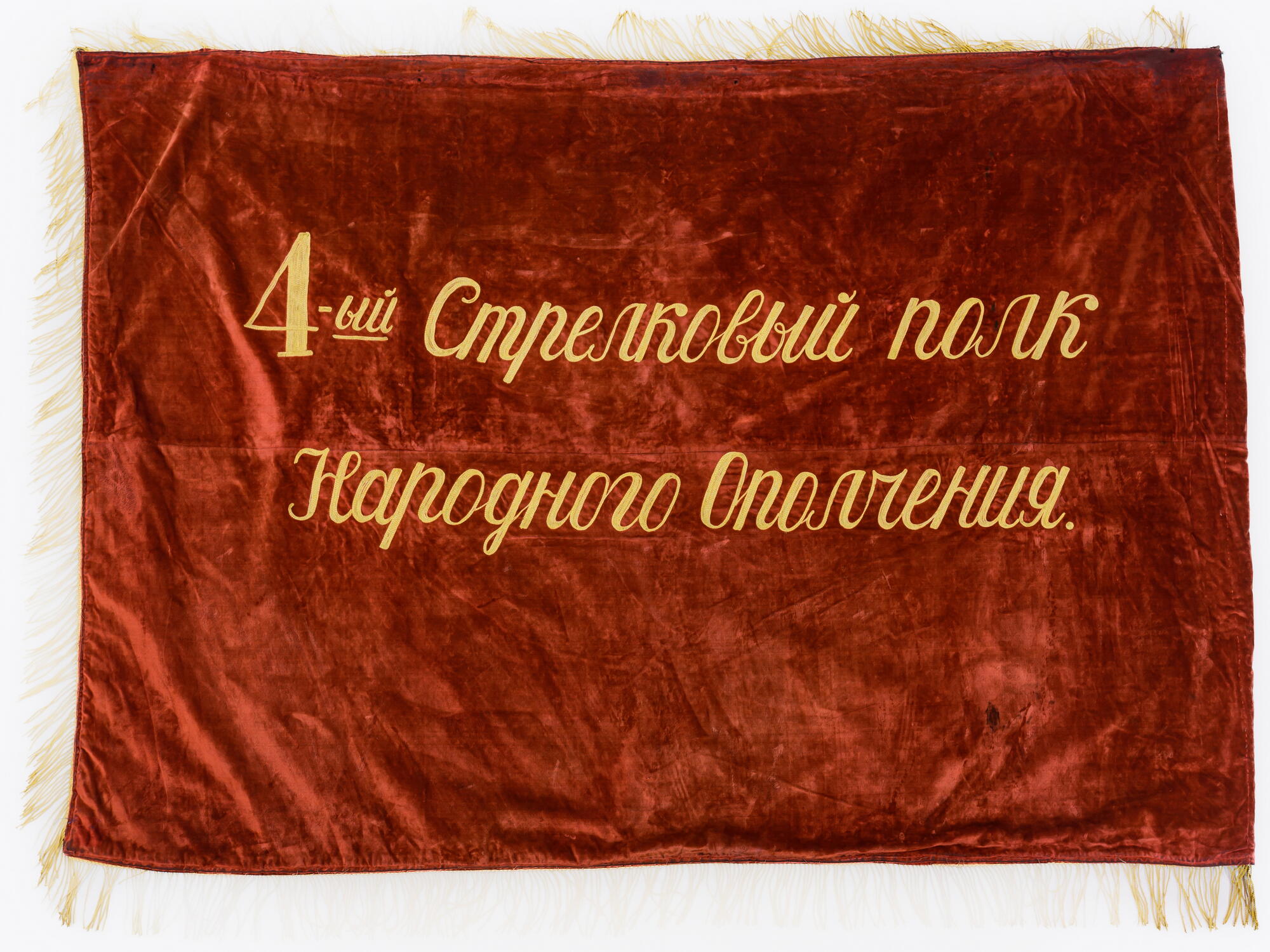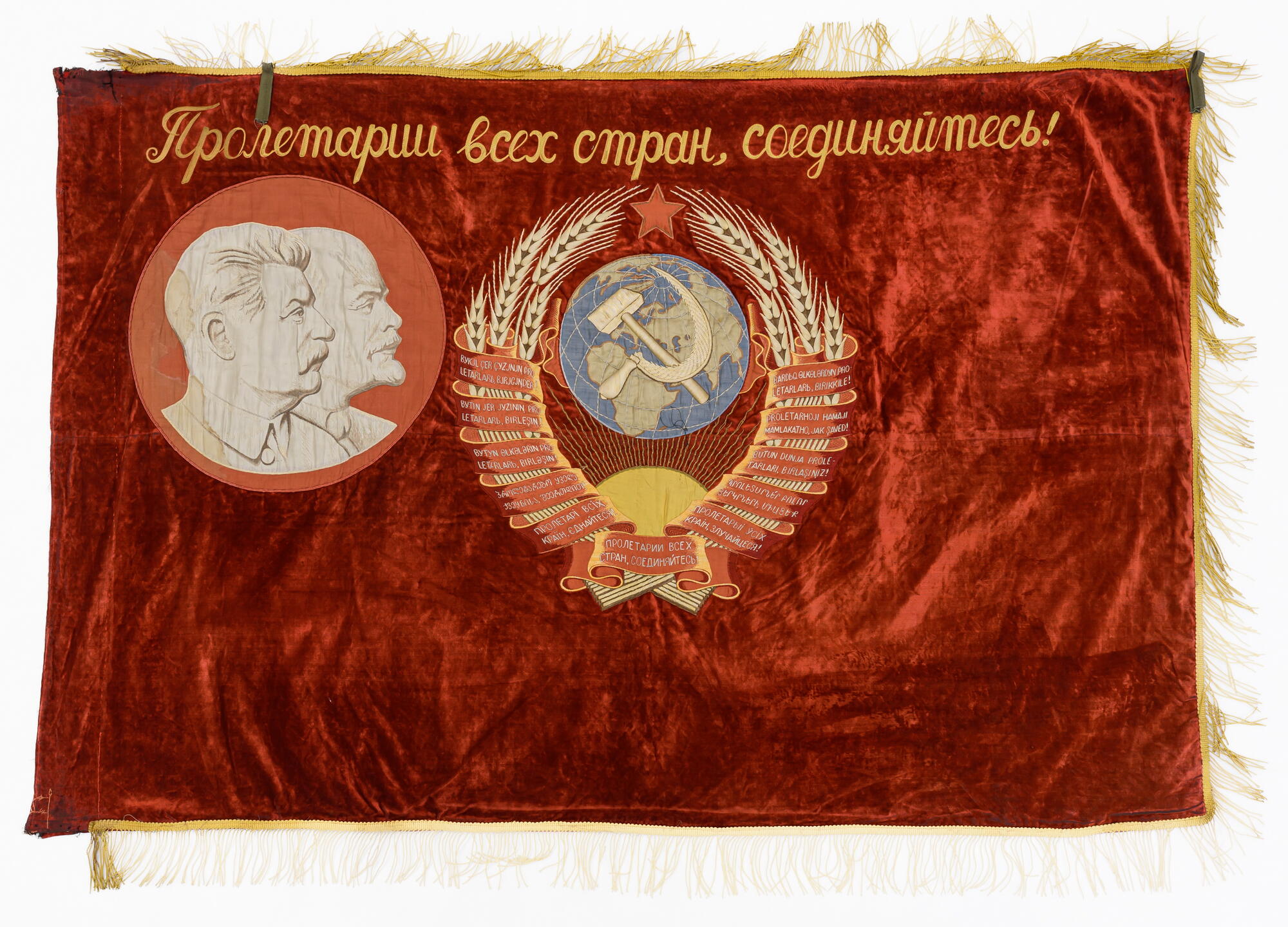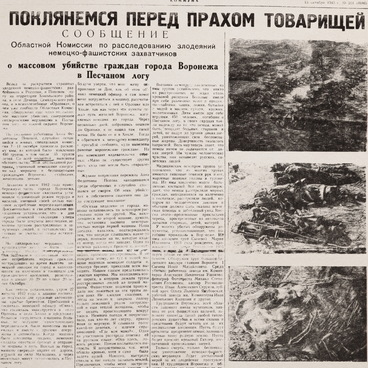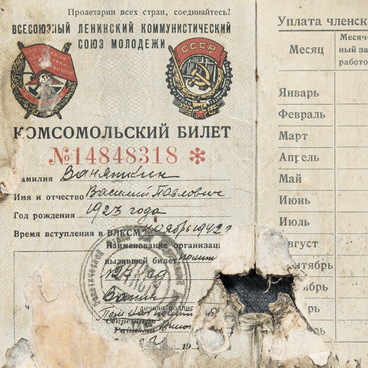At the beginning of the Great Patriotic War, the Regional Committee of the Communist Party put forward an initiative to create a volunteer regiment. The initiative was supported by the State Defense Committee of the USSR and personally by the Supreme Commander-in-Chief Joseph Stalin. From August 19 to August 21, 1941, a regiment of Voronezh residents was formed in the Pervomaisky Garden: workers, employees and students from 18 to 50 years old were invited by district party committees to join the regiment. The second battalion of the regiment consisted entirely of employees of the Voronezh Aviation Plant. About 300 people, mainly specialists and commanders, from the Voronezh Regional Military Commissariat and the Tambov Infantry School also joined the regiment.
In total, 3,345 people were enrolled in the Voronezh Volunteer Communist Regiment, 3,045 of them were members of the Communist Party, after which the regiment was named. Colonel Mikhail Vaytsekhovsky was entrusted to command the regiment. The Voronezh State University rector Nikolay Latyshev was appointed Commissar of the regiment. The Chief of Staff was Captain Alexander Khudyakov. On September 13, 1941, the entire regiment became part of the 100th Order of Lenin Rifle Division led by General Ivan Russiyanov, and became known as the 4th Voronezh Rifle Regiment.
On September 16, 1941, the regiment echeloned at the Somovo train station and went to the front lines. The Voronezh Volunteer Communist Regiment took part in a battle for the first time near the villages Lypova Dolyna and Sakunikha in the Sumy Oblast. On September 18, 1941, by order of the People’s Commissar of Defense of the USSR, four rifle divisions that distinguished themselves in the battles in the western direction were the first in the Red Army to be awarded Guards status. In the first battles near Kharkiv in September 1941, the regiment justified its 1st Guards title, when it managed to delay the offensive of Guderian Tank Group for 14 days. Voronezh residents showed courage in the bloody battles near Kursk and in a district of Belgorod, where the 1st Guards blocked the Nazis on their way to Moscow.
On March 5, the division was placed under the command of Major General Kirill Moskalenko who led the 38th Army. On the same day, an order was received to rename all units of the division as Guards and to assign new numbers to them. On May 1, 1942, 3,500 new soldiers joined the regiment, mainly from Voronezh and the Voronezh Oblast. They were young people born in 1922–1924.
Since December 1942, the regiment fought at Stalingrad, liberated the Voronezh Oblast, then Donbass and Zaporizhia, crossed the Dnieper River, and stormed Budapest in the spring of 1945. Following the example of the Voronezh Regiment, volunteer communist units began to be formed throughout the country.
In total, 3,345 people were enrolled in the Voronezh Volunteer Communist Regiment, 3,045 of them were members of the Communist Party, after which the regiment was named. Colonel Mikhail Vaytsekhovsky was entrusted to command the regiment. The Voronezh State University rector Nikolay Latyshev was appointed Commissar of the regiment. The Chief of Staff was Captain Alexander Khudyakov. On September 13, 1941, the entire regiment became part of the 100th Order of Lenin Rifle Division led by General Ivan Russiyanov, and became known as the 4th Voronezh Rifle Regiment.
On September 16, 1941, the regiment echeloned at the Somovo train station and went to the front lines. The Voronezh Volunteer Communist Regiment took part in a battle for the first time near the villages Lypova Dolyna and Sakunikha in the Sumy Oblast. On September 18, 1941, by order of the People’s Commissar of Defense of the USSR, four rifle divisions that distinguished themselves in the battles in the western direction were the first in the Red Army to be awarded Guards status. In the first battles near Kharkiv in September 1941, the regiment justified its 1st Guards title, when it managed to delay the offensive of Guderian Tank Group for 14 days. Voronezh residents showed courage in the bloody battles near Kursk and in a district of Belgorod, where the 1st Guards blocked the Nazis on their way to Moscow.
On March 5, the division was placed under the command of Major General Kirill Moskalenko who led the 38th Army. On the same day, an order was received to rename all units of the division as Guards and to assign new numbers to them. On May 1, 1942, 3,500 new soldiers joined the regiment, mainly from Voronezh and the Voronezh Oblast. They were young people born in 1922–1924.
Since December 1942, the regiment fought at Stalingrad, liberated the Voronezh Oblast, then Donbass and Zaporizhia, crossed the Dnieper River, and stormed Budapest in the spring of 1945. Following the example of the Voronezh Regiment, volunteer communist units began to be formed throughout the country.




